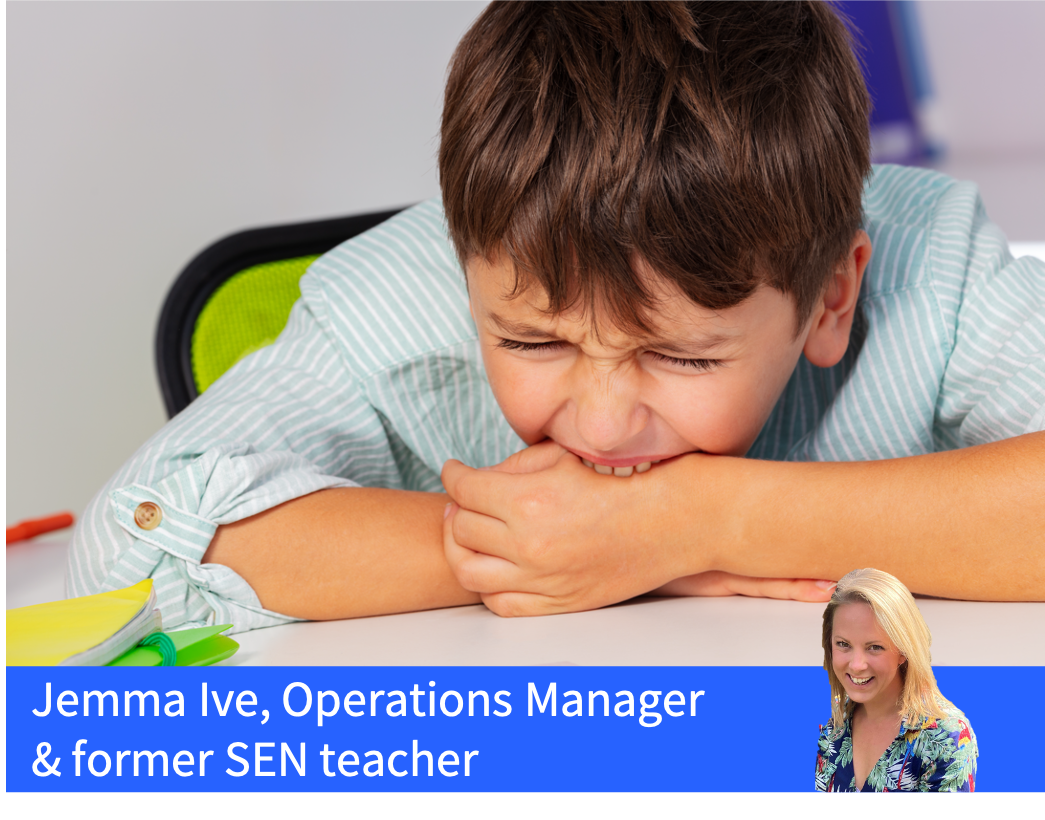In the second part of our seven part series we will be looking the SCERTS Model for children with autism and some top tips for success. Take a look at our other blog on PECs – The six steps and how to make it fun, for more great SEN teaching ideas, tips and best practice!
SC – Social Communication – The development of functional communication, the ability to express emotion and build trusting relations with others. Below are the sequential steps towards achieving effective SC
- Joint attention — to lay effective foundations, first we must
- Understand the reason WHY a child with autism initiates and responds to communication attempts
- Understand their ability to share attention, emotion and intention with others
- At social partner stage, the pupil
-
- Shifts gaze between object and people
- Engages in interaction with others
- Initiates game/routine or interaction
- At language partner stage, the pupil
-
- Shares experiences
- Comments on events or actions
- Can use words to express emotions
- At conversation language partner stage, the pupil
-
- Shares experiences in interactions
- Can understand and discuss past and future events.
- Can comment of the attention of others in a group situation.
- Symbol use
-
- HOW a child with autism communicates with others
- The ability to use object, pictures, signs or word to represent meaning
- At social partner stage, the pupil
-
- Uses gestures and non-verbal means to communicate
- Imitates familiar actions and sounds
- Uses familiar objects conventionally in play
- At language partner stage, the pupil
-
- Uses a variety of objects in constructive play
- Uses words to express meaning
- Understands a variety of words and word combinations without contextual clues.
- At conversation language partner stage, the pupil
-
- Learns by imitation, observation, instruction and collaboration
- Understands nonverbal cues of turn taking and topic change
- Follows rules of conversation
ER – Emotional Regulation – To be able to build and maintain a well regulated emotional state, to be able to cope with everyday changes and stress. Without ER a student with autism would not be available for learning. Aim to inspire mutual and self regulation during this phase.
- Self regulation
-
- Self-soothing behaviours can often be immature due to limited ability to learn from others.
- Mutual regulation
-
- The ability to accept assistance from others is limited due to difficulty predicting others’ intentions.
- The ability to gain assistance from others maybe misperceived.
All attention seeking is good, as it shows an intent to communicate! Our role is to teach more appropriate ways to regulate and seek support. With behavioural strategies, language strategies and full planning on how to approach a learning task we can help each student become emotionally regulated.
TS – Transactional Support – The development and implementation of supports to help partners respond to the child’s needs and interests, modify and adapt the environment, and provide tools to enhance learning (e.g. picture communication, written schedules, and sensory supports). In this phase, specific plans are also developed to provide educational and emotional support to families, and to foster teamwork among professionals. Interpersonal and learning support.
- Interpersonal support
-
- We apply interpersonal support through communicative partners making adjustments in language use, emotional expression, and interactive style that are effective in helping the student process language, participate in social interaction, experience social activities as emotionally satisfying and maintain a well-regulated state.
- Learning supports
-
- These include environmental changes or other ways activities are set up or modified to foster social communication and emotional regulation – e.g. Visual supports, curriculum modifications etc.
- It is always important to share the areas that are working with parents and other professionals. This ensures they are also implemented within the home environment.
- The SCERTS model is not exclusionary of any other practices or approaches and is flexible enough to be able to incorporate a variety of SEN/autism approaches and teaching practices.
Top tips for success – SCERTS Model
- Ensure everyone in the student’s life is on board, from family to staff members
- Set aside planning and team meeting time and ensure resources are available
- Adopt a child-centred approach that is manageable for home life too.
- Provide home support for the family.
- Invest in continued training for staff.
- And most of all ensure consistency and dedication!
You can find further information about The SCERT Model on their website – The SCERTS Model

